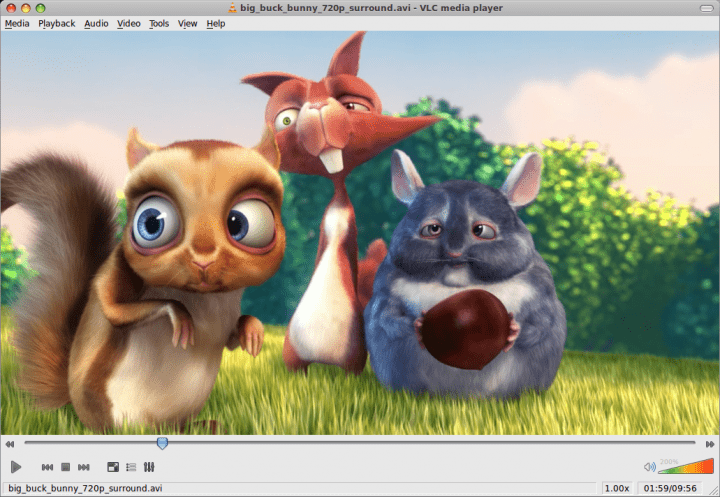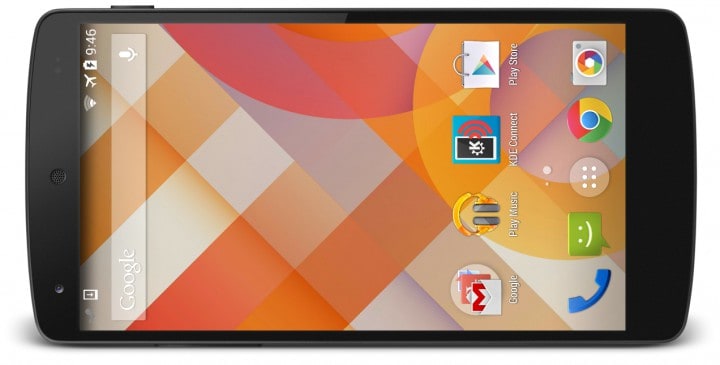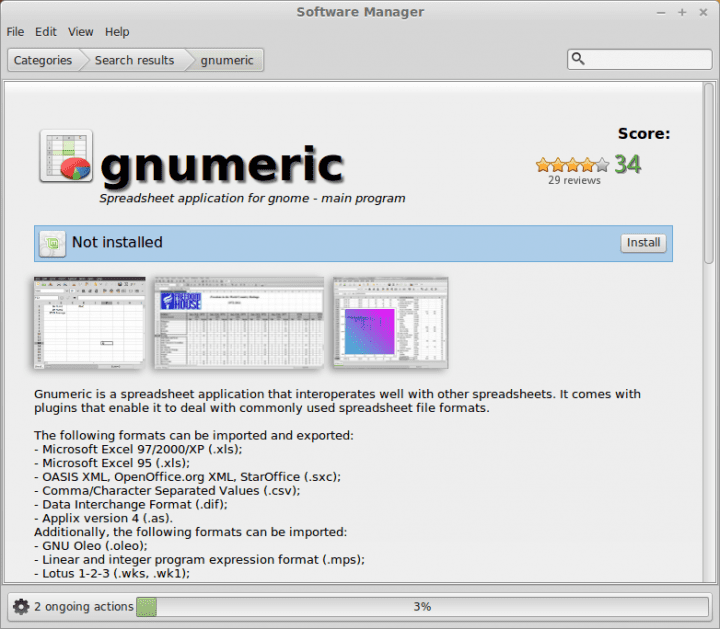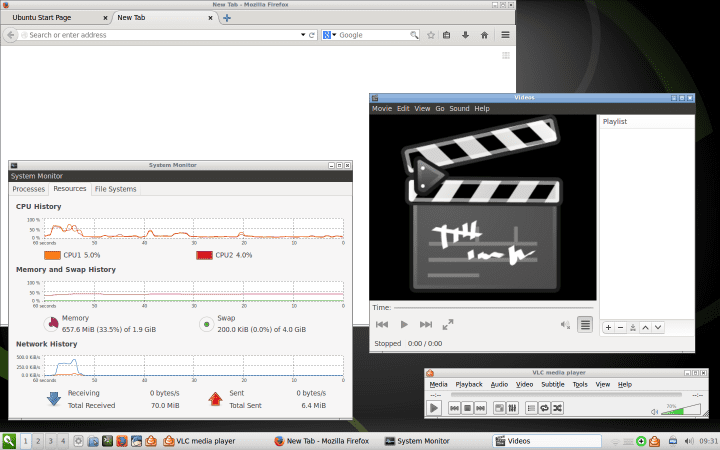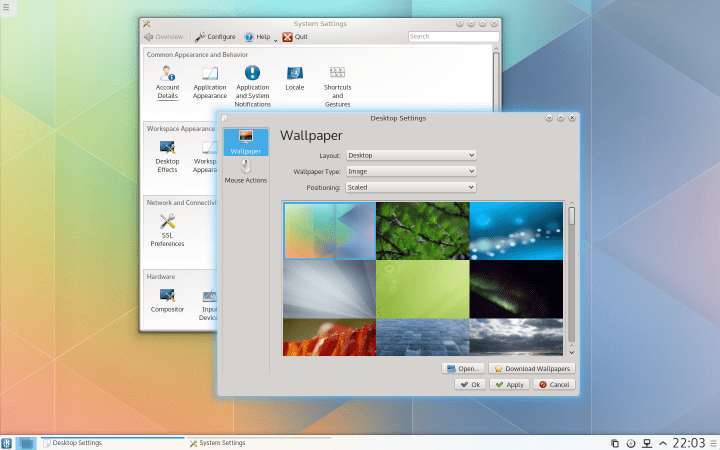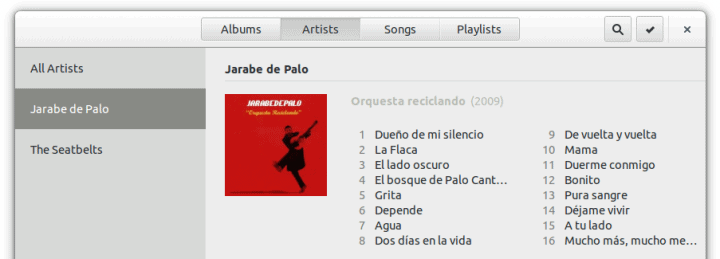From Windows to Linux, Part 2: Multimedia applications
July 21st, 2014 by Dedoimedo
Welcome to the second article in the series, one which teaches the wonders of migration from Windows to Linux in small, easily digestible chunks, with step by step instructions and a plenty of great tips to get you cozily underway. In the first piece, we discussed office programs, how they can be installed and used, both from official application stores as well as manual downloads and setups. We learned how to use the Software Center in Linux Mint, and we repeated all our actions from the command line, too. Today, we will focus on multimedia programs. Namely, how to get… Continue Reading
Review: KDE Connect
July 17th, 2014 by Luis Augusto Fretes Cuevas
Google and Apple are two companies known for being pretty innovative. Recently Apple followed by Google showcased their new way of integrating your mobile life into your desktop activities: Apple’s OS X and Google’s Chrome OS will pair with your iOS or Android device respectively to keep you up to date even when you’re not looking. Google seemed particularly proud of being able to show the remaining battery on your phone. As it’s always the case when two companies announce similar things and have such a big fanboy base, soon many Apple users started claiming Google copied Apple, an assertion that… Continue Reading
From Windows to Linux, Part 1: Office applications
July 14th, 2014 by Dedoimedo
After reading my Ultimate guide to Linux for Windows users, a handful of people emailed me their suggestions on how the guide can be extended and improved. They offered some ideas that might work in a comprehensive book, and others that fit much better as standalone articles. And that’s why we are here, to start a series of tutorials on making the Windows to Linux conversions less painful. I deliberated quite a lot on how to make this happen. Naturally, I ought to choose a single distribution, and stick with it, so that users can sort of relate to my… Continue Reading
A first look at LXQt
June 7th, 2014 by Dedoimedo
LXQt is the next generation of the Lightweight Desktop Environment, which means LXDE is dead, long live its successor. Yes? Something like that. Perhaps it makes sense. Rebuild the good stuff using a new, efficient framework. But then, reading some more, you will see that the word ‘port’ is used, which could indicate a branching of effort without pruning any old twigs. Hm, interesting. Anyhow, I’d like to see what LXQt can offer. Is it a viable idea to even begin considering? Especially in a highly saturated sphere of Linux desktop environments, most of which are tightly coupled to distributions… Continue Reading
What’s next? Plasma Next!
May 23rd, 2014 by Dedoimedo
KDE5 is one of the more important upcoming software packages in the Linux world. There are quite a few reasons why this is the case, and I’d like to emphasize a couple in this opening section. The first, the critical satisfaction factor uncertainty, which comes to bear following the KDE3.5 to KDE4 fiasco. This one has left many a user with a bitter taste, and worse yet, a sense of fear that the familiar and friendly, which they’ve come to love, may be gone in a single moment of binary code fury. The second one is, this is the first… Continue Reading
More or less features?
April 30th, 2014 by Luis Augusto Fretes Cuevas
Many projects and software developers want their applications to be aesthetically pleasing and simple to use. Both imply uncluttered interfaces. Others want their application to be as useful as possible. These two are good goals that most software developers should include in their check-lists. The problem starts when developers and designers confront with the how to accomplish it. Bad reasoning type 1: Less is more We want our program to be simple to use and one less feature means less clutter. If there’s some function that 90% of users don’t actually use then is better to remove it. The problem with… Continue Reading
Review: GNOME 3.12
April 29th, 2014 by Luis Augusto Fretes Cuevas
For a brief period of time GNOME was the princess of desktop environments. The most popular distribution out there, Ubuntu, used it. Distributions perceived as being very professional such as those from Novell or Red Hat, used it. Even the “alternative” distributions like Linux Mint used it. Later with KDE making the transition from 3 to 4, GNOME 2 solidified its position as the darling of desktop environments. And then something happened. Canonical decided to create its own desktop environment, Unity. Linux Mint switched to Mate, a GNOME 2 fork, then they forked the most recent version of GNOME to… Continue Reading
Unity a year later
April 24th, 2014 by Luis Augusto Fretes Cuevas
A year ago I wrote an article about the different directions taken by Unity and KDE respectively. Beyond describing them, I took a very firm stand: Canonical made changes for the sake of change and it was an inferior experience (KDE got its fair share of criticism too). A year later with a shiny new LTS release, I thought it was time to give Unity another chance. Obviously Ubuntu is more than Unity but is the main differentiator between it and other Ubuntu-based distributions. I will split the review in three cliché sections: The good, The Bad and The ugly…. Continue Reading

